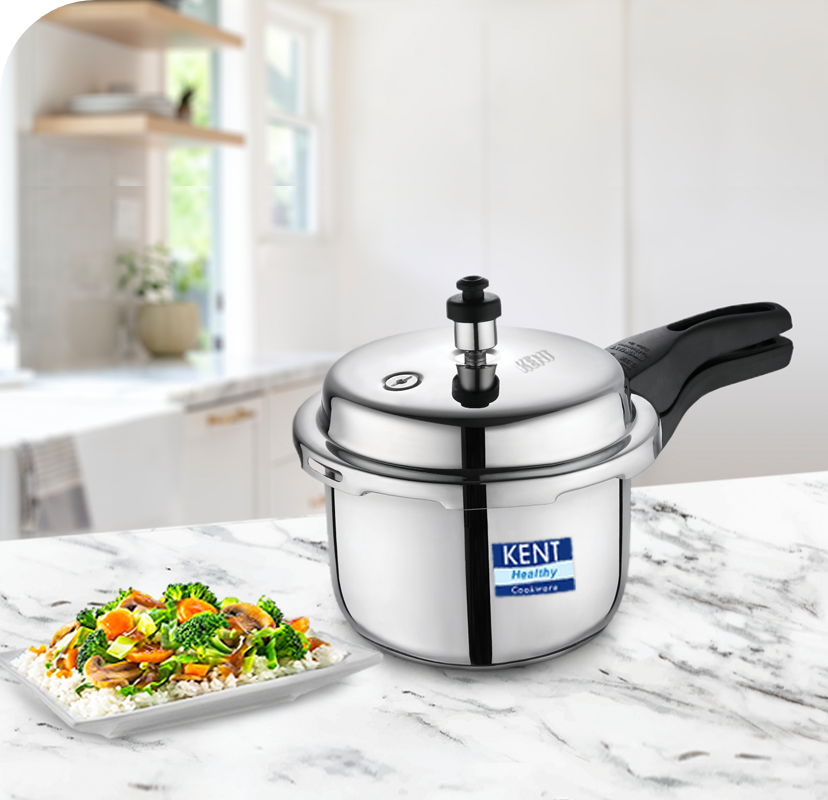Introduction
Purchasing a pressure cooker can significantly enhance your cooking efficiency and versatility. However, choosing the right one involves considering several important factors to ensure it meets your needs and preferences. This article outlines key elements to consider before making a purchase.
1. Types of Pressure Cookers
Stovetop vs. Electric: Pressure cookers come in two main types: stovetop and electric. Each has its benefits and drawbacks.
- Stovetop Pressure Cookers:
- Pros: Generally faster cooking times, often more durable, and offers greater control over cooking pressure.
- Cons: Requires monitoring on the stove and may be less convenient.
- Electric Pressure Cookers:
- Pros: Convenient, programmable with various cooking settings, and often includes additional features like slow cooking.
- Cons: Usually more expensive and can have longer cooking times.
Choosing Tip: Consider your cooking style and kitchen setup to decide between stovetop and electric models.
2. Material and Build Quality
Material Types: The material of the pressure cooker affects its durability and performance.
- Stainless Steel: Most recommended due to its durability, resistance to rust, and ease of cleaning.
- Aluminum: Often lighter and more affordable but may be less durable and can react with acidic foods.
Build Quality: Check the overall construction, including the lid and sealing mechanism. Ensure the pressure cooker is well-constructed to prevent leaks and ensure safety.
Choosing Tip: Opt for high-quality stainless steel models for long-term use and durability.
3. Size and Capacity
Capacity Options: Pressure cookers come in various sizes, typically measured in quarts or liters.
- Small (up to 4 quarts): Suitable for individuals or small families.
- Medium (5-8 quarts): Ideal for larger families or meal prepping.
- Large (9+ quarts): Best for bulk cooking or large gatherings.
Choosing Tip: Assess your cooking needs and family size to select the appropriate capacity.
4. Safety Features
Essential Safety Features: Pressure cookers should include safety mechanisms to prevent accidents.
- Pressure Release Valve: Allows safe release of steam.
- Locking Mechanism: Ensures the lid is securely closed during cooking.
- Overpressure Plug: Releases excess pressure if needed.
Choosing Tip: Ensure the pressure cooker you choose has reliable safety features and check user reviews for real-world safety performance.
5. Ease of Use and Cleaning
User-Friendly Features: Look for features that enhance usability.
- Control Panel: For electric models, a clear and intuitive control panel is essential.
- Display Indicators: Helpful for monitoring cooking progress.
Cleaning Considerations: Removable parts like the inner pot or lid should be dishwasher-safe or easy to clean manually.
Choosing Tip: Select a model that aligns with your comfort level and offers easy cleaning options.
6. Additional Features
Extra Features: Many pressure cookers come with additional functionalities that can be beneficial.
- Programmable Settings: Useful for setting specific cooking times and modes.
- Keep Warm Function: Maintains food temperature after cooking.
- Accessories: Consider models that come with accessories like a steaming rack or cooking trivet.
Choosing Tip: Evaluate which extra features align with your cooking needs and preferences.
Conclusion
Choosing the right pressure cooker involves considering various factors including type, material, size, safety features, ease of use, and additional functionalities. By carefully evaluating these elements, you can select a pressure cooker that fits your cooking style and meets your needs efficiently.








